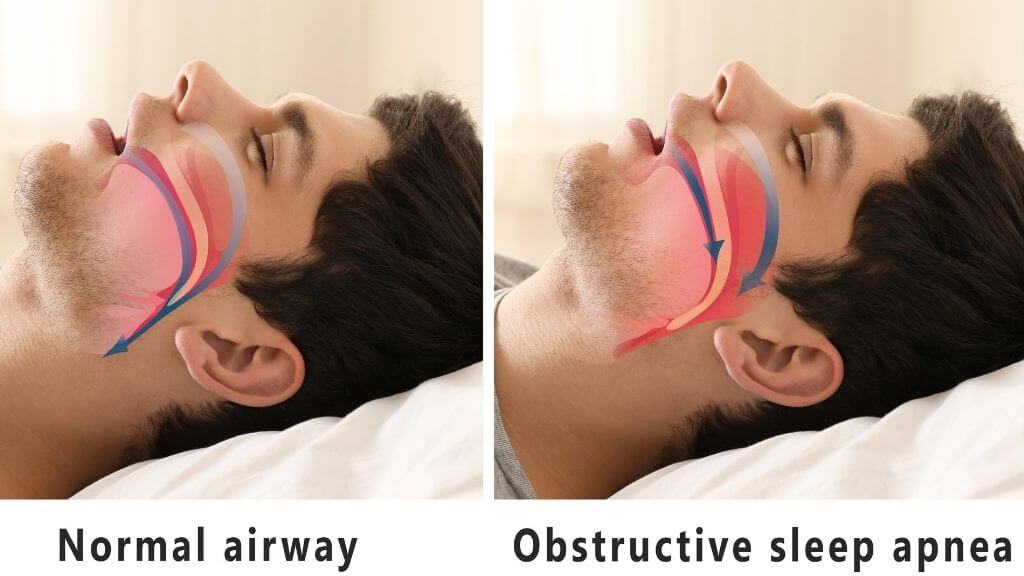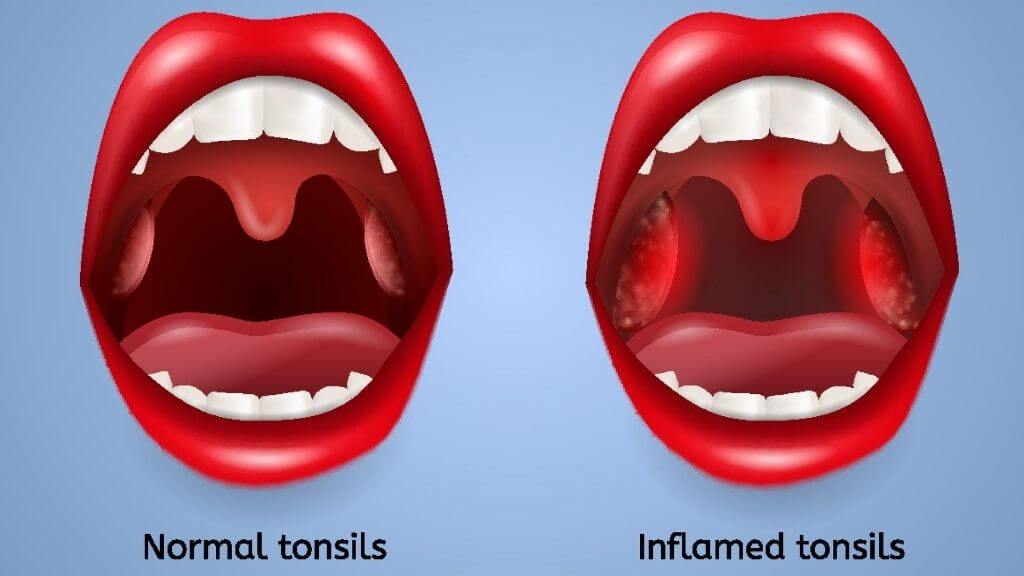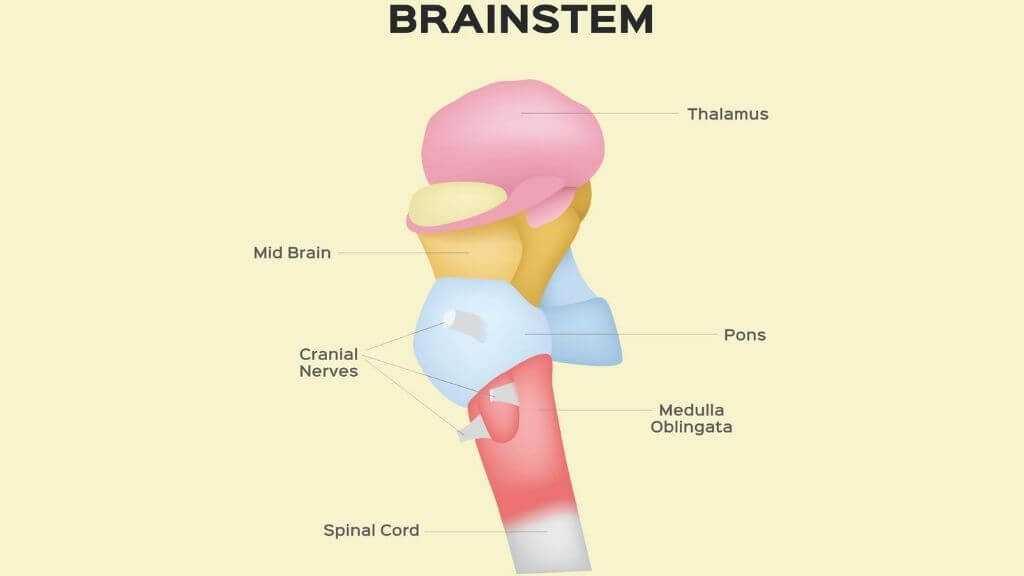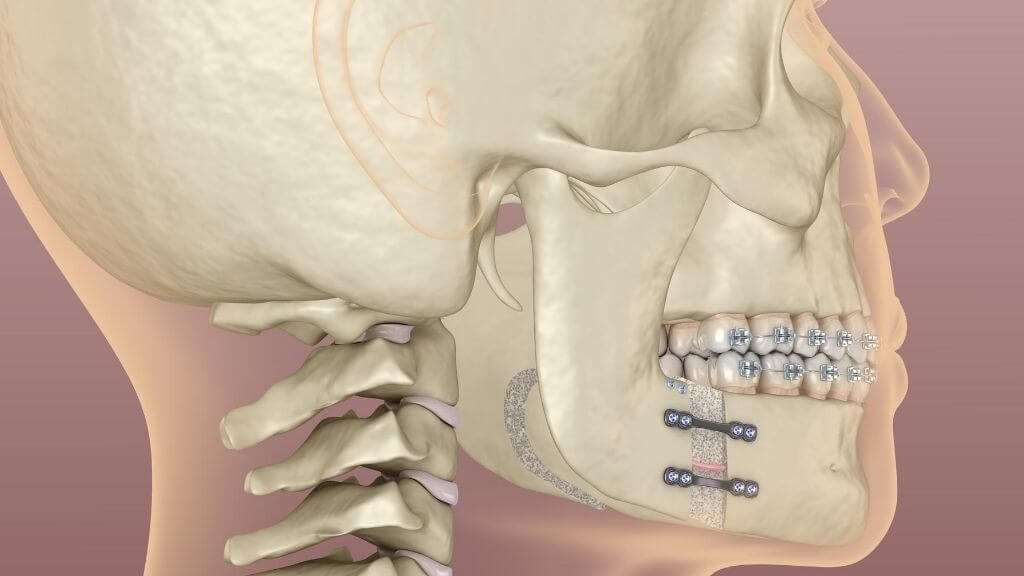The 3 Types of Sleep Apnea: Signs & Risk Factors You Need to Know
6 minute read
Sleep apnea is a condition that causes your breathing to stop while you sleep and it can occur a few times or even a hundred each night. When you stop breathing (even when only for a moment) your brain comes out of a deep sleep in order to get your breathing started again, and this slightly awakens you.
The more often this happens, the more disrupted your sleep is. Over time, this can have negative consequences for your health.
There are three types of sleep apnea: obstructive, central, and mixed. Knowing which one you have will help you find the best possible treatment.
Obstructive Sleep Apnea
This condition causes partial or complete blockage of your airways. Your throat muscles relax when you sleep, allowing the fatty tissues of your throat to fall back and block airflow.
When air movement is restricted, your brain cannot get the oxygen it needs, which signals your brain to wake up and remedy the situation. The result are loud choking or gasping sounds as you take large enough breaths to get air past the obstruction.
Once oxygen levels are restored in the brain, you fall back into a deep sleep and the process continues. There are three different versions of obstructive sleep apnea: mild OSA occurs between 5 and 14 times per hour, moderate OSA occurs between 15 and 30 times, and severe OSA occurs more than 30 times every hour.
When it comes to sleep apnea, the more prevalent obstructive version often causes the others to go unrecognized and therefore untreated.

Symptoms to watch out for include restless sleep, headaches in the morning, frequent breaks in your breathing, snoring, and depression or irritability. There are certain risk factors associated with obstructive sleep apnea and understanding these can help you to prevent its onset.
♦ Weight: Being overweight means the fatty tissues in your body are more abundant, and those in your throat are more likely to cause obstruction.
♦ Age: The older you get, the more muscle tone you lose (sarcopenia), which means throat muscles are more likely to collapse.
♦ Alcohol use: Because alcohol relaxes the body, it can impact your throat muscles and trigger obstructive sleep apnea.
♦ Smoking: Smoke is an irritant to your entire respiratory system, and the inflammation it causes can interfere with air flow as you sleep.
♦ Enlarged tonsils: Having enlarged tonsils or adenoids can contribute to OSA, especially in children. For adults that never had these removed, OSA will be a risk.
♦ Natural causes: Your family genetics may predispose you to a more narrow throat or enlarged tongue, which can increase your risk for OSA.

Central Sleep Apnea
CSA is related to your central nervous system and occurs when your brain temporarily fails to signal the muscles that control your breathing. This is more of a communication error rather than a mechanical error as in obstructive sleep apnea.
This version is less common and is mostly caused by conditions that affect your brain stem. The symptoms of central sleep apnea include:
♦ Excessive daytime drowsiness and chronic fatigue
Restless sleep and waking with headaches
♦ Mood changes and irritability
♦ Shortness of breath upon waking and during the day
♦ Difficulty concentrating and low productivity
♦ When it comes to CSA, the risk factors are similar to those of OSA. Men are more likely to develop this type over women, but it is still more common among the elderly.
Individuals who have had any form of brain damage, such as a tumor or stroke, have an increased risk for CSA, especially if the brainstem was impacted by the damage. Sleeping at higher altitudes also contributes to CSA, but returning to regular altitudes can bring normal breathing back.

In addition to this, certain health conditions can cause or increase your risk for CSA. Patients with Parkinson’s disease often present with CSA symptoms, likely as a result of brain communication problems.
Also, certain medications can affect your brain in a way that triggers CSA. It is believed that when you stop these medications, your brain communication returns to normal and so should your sleep.
Mixed Sleep Apnea
When you experience a combination of the obstructive and central sleep apnea, you have this version. Often this develops as a result of getting treatment for obstructive sleep apnea. The CPAP machines used to treat this trigger the development of the second form, and you end up with both.
Treating this type is more challenging, and research continues to refine the best methods.
The common treatments for sleep apnea include CPAP (continuous positive airway pressure), APAP (automatic positive airway pressure), and BiPAP (bi-level positive airway pressure). Each of these methods helps to improve airflow as you sleep but is not a cure for the condition.
| Related: Why Better Sleep Leads to Better Joint Health |

Surgery is also an option for any of the types of sleep apnea, but this is typically reserved for more severe cases.
The Bottom Line
Whichever type of sleep apnea you have, the good news is that you can treat the condition. Understanding the differences and knowing how to identify the different types is the best way to seek the most appropriate treatment.
The signs of sleep apnea are not to be ignored, so pay attention to what your body is telling you. Prolonged sleep deprivation is not good for you, so identify and treat your sleep apnea now, and get the restful sleep you need.












